Following the earthquake that struck the Marrakech and Haouz regions on September 8, 2023 – particularly the rural areas of the High Atlas Mountains – Moroccan architect and university researcher Aziza Chaouni immediately began designing an earthen house that could quickly replace some of the 50,000 homes destroyed. Her goal was to create an affordable, earthquake-resistant house using traditional methods and materials. In just a few months, with the help of volunteer experts like LafargeHolcim engineer Amal El Abdi-Alaoui and prefabrication contractor Amine Maachi Haddou, her team completed a 70- square-meter family home in Taalat N’Yacoub, a remote mountain village in the rugged Haouz region.
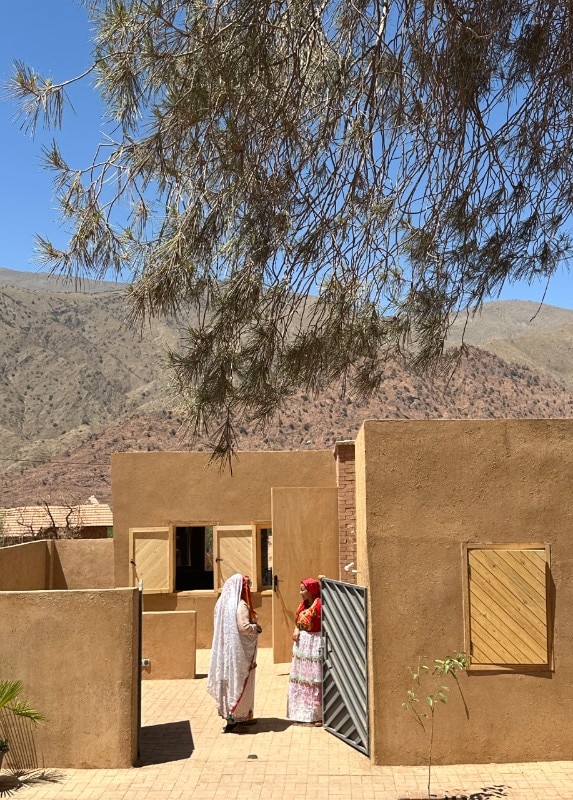
Finished last spring, the house includes two bedrooms, a bathroom, a kitchen, a living room, and three courtyards. One courtyard is for the family’s animals, another for hosting guests, and the smallest for service-related activities. Chaouni also adapted the design based on community feedback during workshops, making changes like enlarging the windows and adding shutters to reduce heat loss. “We also built a septic tank,” she explains. “There are no sewers in this area, and the few that existed were destroyed by the earthquake. We installed gravity filtration to treat wastewater and reuse it for irrigation.” Altogether, the project cost just over €20,000.
To minimize the carbon footprint, the team used as little concrete as possible. The foundations are made from lightweight recycled concrete, while the walls and roof are constructed with Durabric bricks – a material patented by Holcim. These bricks are made from 95% raw earth and possess structural and water-repellent properties. The engineering team developed a process for manufacturing interlocking bricks, eliminating the need for mortar and simplifying on-site assembly, making the system easy to industrialize. Earthquake resistance is achieved by embedding steel rods every three meters into the brick walls, and using wooden beams and vaulted bricks for the roof.
“We learned a lot during the construction. That’s what prototypes are for,” says Chaouni. “We refined the interlocking brick system to make it more aesthetically pleasing and uniform, and we’re already working on a 2.0 version of the project that will include walkable roof terraces, still earthquake-compliant.”
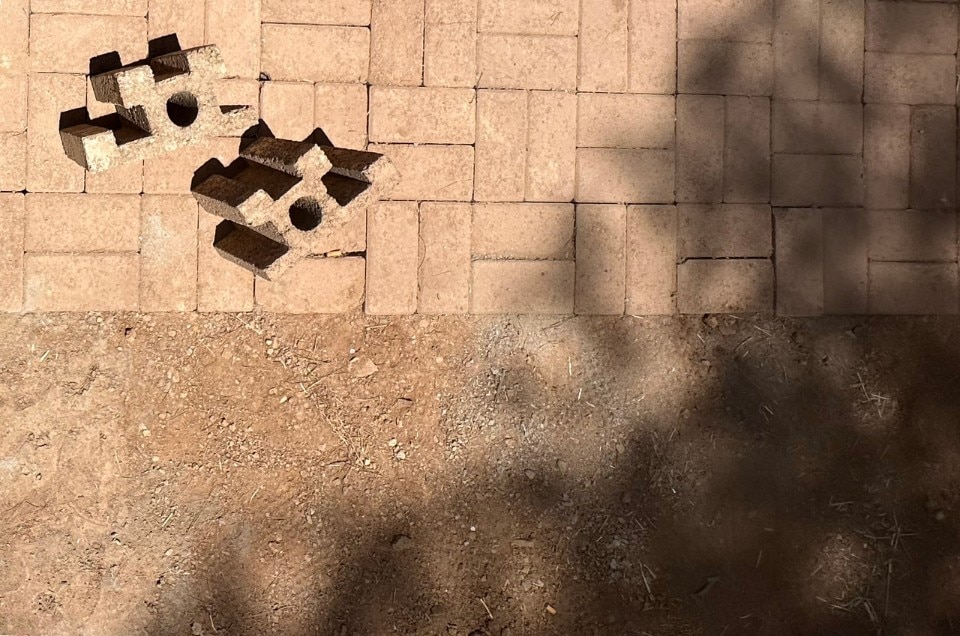
With her namesake studio, which she runs between Fez and Toronto, Chaouni focuses on preserving Morocco’s architectural heritage and promoting sustainability, as seen in her projects showcased at the Venice Architecture Biennale and through the renovation of the Sidi Harazem baths in Fez.
Her housing prototype won the Prix du Design from the Institut du Monde Arabe in Paris this past September, in the Talent Impact category, which recognizes projects with tangible social and economic benefits. Tajigat’s Maison des Étoiles (House of Stars), built in collaboration with the local NGO Amal Biladi, will be transformed into a community center for children and teenagers, dedicated to the 22 young people from the village who lost their lives in the earthquake




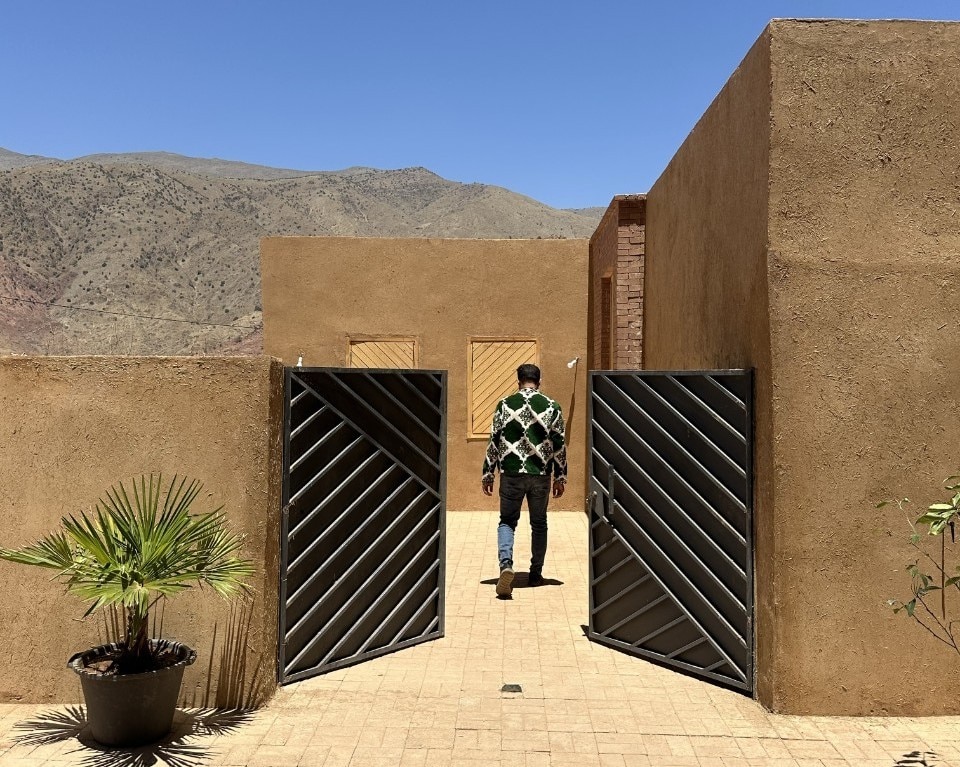


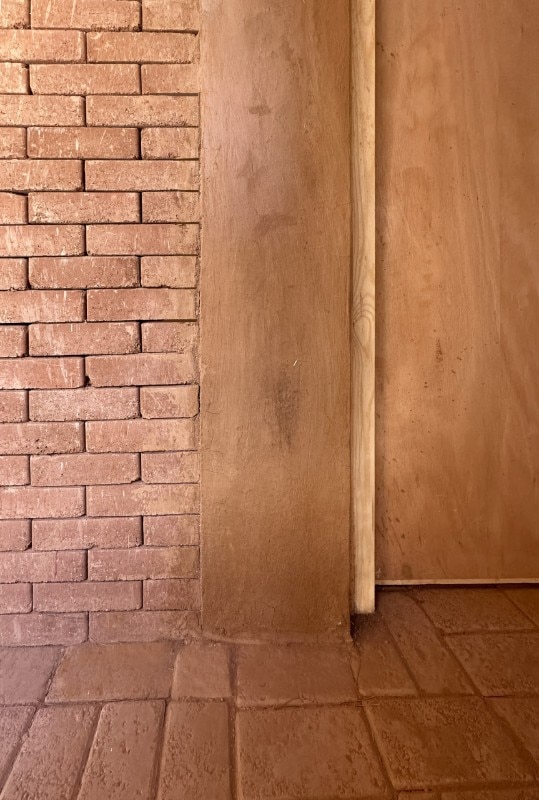


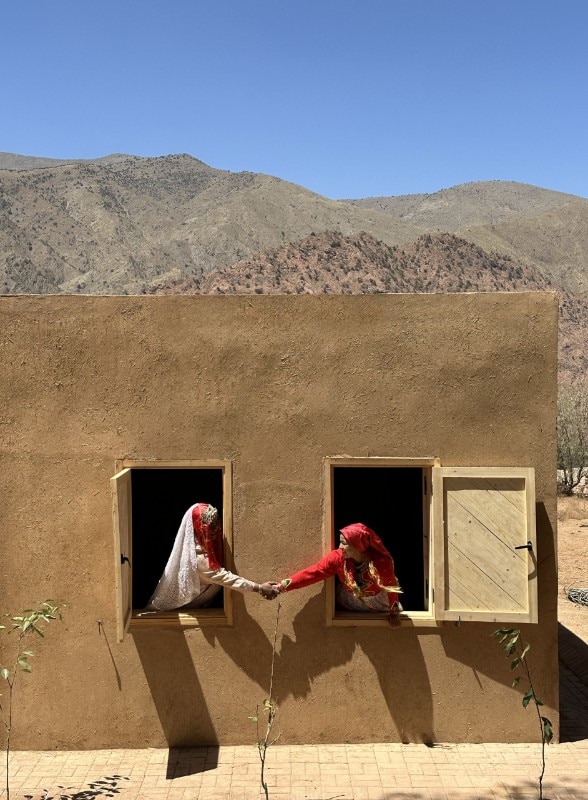
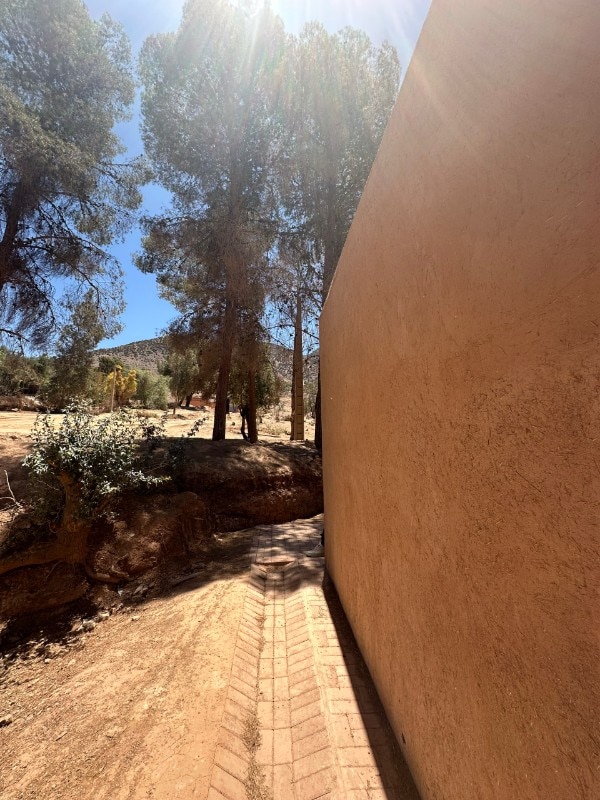











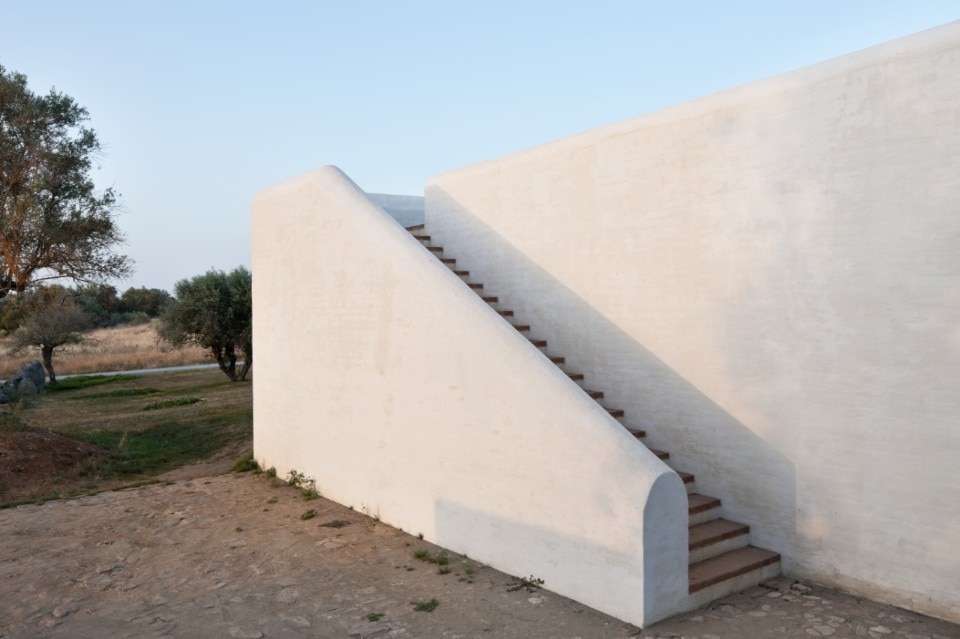
.jpeg.foto.tbig.jpg)













